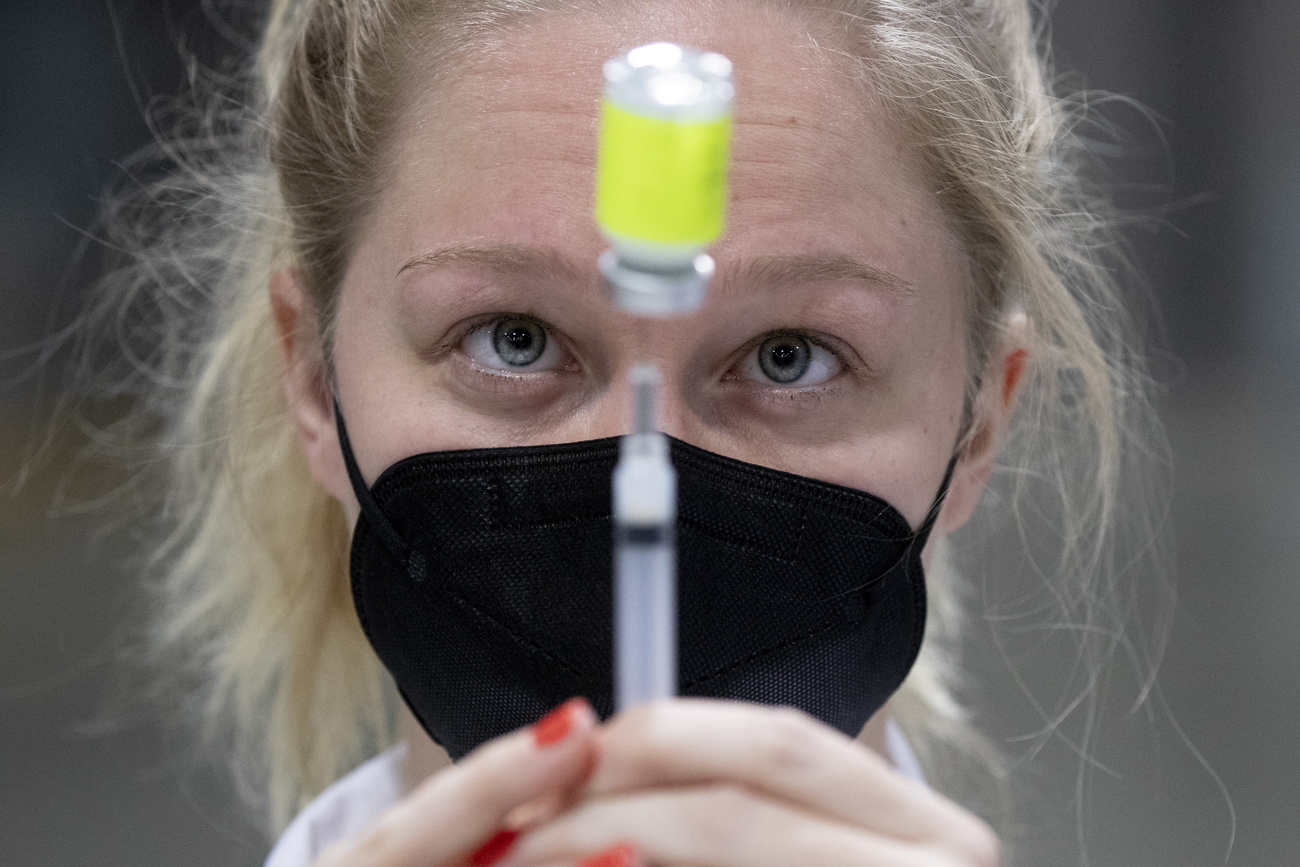The case for a high-tech pandemic surveillance and response scheme
Independent experts appointed by the World Health Assembly have called for a reform of pandemic prevention and response systems. A trio of researchers at the Graduate Institute in Geneva argues science should be at its core.
When the World Health Assembly (WHA) convened in May 2020, the world was struggling to respond to one of the worst health crises in recent history. A year later, the COVID-19 pandemic is still infecting hundreds of thousands and killing tens of thousands a day. Could the international community have prevented the outbreak of a new respiratory infection in Wuhan from becoming a global disaster, which has battered health systems and pushed millions into poverty? To answer this question, the WHA asked the Director-General of the World Health Organization (WHO) to conduct an impartial and comprehensive review of the global health response to the pandemic and make recommendations for the future. In its final report, the Independent Panel for Pandemic Preparedness and Response (IPPPR) that was set up calls for a fundamental transformation of the international system to prevent a future pandemic. In other words, more of the same will not do.
The challenge is enormous. Existing disease surveillance and response systems are a non-interoperable patchwork of projects. They have been designed by experts coming from a narrow set of disciplines and a limited number of geographies. International frameworks to pool information across organisations dealing with the health of humans, animals, plants and their shared environment such as the WHO in Geneva, the World Organisation for Animal Health (OIE) in Paris, the Food and Agriculture Organization (FAO) in Rome, and the United Nations Environment Programme (UNEP) in Nairobi, are not substantiated by robust implementing mechanisms. Data sharing by governments with international organisations is limited and delayed. There is no network of real time data flows such as those that underpin accurate global weather forecasts. COVID-19 has cruelly exposed these inadequacies in our collective capacity to detect and respond in a timely and decisive manner to pandemics.
On the other hand, the pandemic has given us a glimpse of what science and technology can offer in preventing and managing pandemics. Technologies such as next-generation sequencing of SARS-CoV-2 and its mutants, big data analytics, privacy preservation techniques as well as artificial intelligence (AI) have demonstrated their importance in supporting public health responses in many countries around the world. To cite just one example, vaccines would have taken much longer to develop without scientific collaboration and data sharing on genome sequences of the virus.
We need to build on this experience quickly to set up a global pandemic surveillance and response scheme which is science-based, digitally enabled, and works across the continuum of pandemic phases, namely preparedness, surveillance, response and recovery. The COVID-19 pandemic will not be the last pandemic the world will witness. Globalisation, loss of biodiversity and climate change will continue to drive new emerging infectious diseases our way. We need an end-to-end architecture that will be pervasive and permanent.
The scheme should challenge existing thinking by systematically examining the needs and functions for each of the pandemic phases and exploring the data and technologies needed to achieve the highest quality of responses required. The data architecture and information sources connecting the different phases need to be examined from a multidisciplinary perspective across epidemiology and public health, molecular biology, social and behavioural sciences, complex systems, networks and computer sciences, environmental sciences, health services and health economics. Digital technologies and AI need to be at the heart of sampling and analysing data in real-time from diverse and unusual sources across the human-animal-environment interface, and of improving the presentation of policy insights for effective and context-specific decision-making.
Neutrality and trust would be critical determinants of success. In order to have a critical mass of international support and public confidence, we believe that such a scheme should be built collaboratively with international organisations, academia, private sector and civil society, and should incorporate learnings and expertise from different regions. Its deployment should be feasible even in resource-limited countries as the world is only as strong as its weakest link when facing the next health crisis. A modular architecture should therefore be adopted to allow countries to prioritise investments by first adopting what is feasible and urgent, and subsequently growing the scheme as capabilities and resources become available.
In its development and operation, the scheme should reflect the notion that health is everyone’s concern and that the best health outcomes often result from citizen and community participation in public health. By normalizing well-governed processes for generating and sharing data and making them acceptable and trusted by the public, the power of citizen science can be better harnessed for pandemic preparedness and response.
As an independent global platform, the Geneva-based International Digital Health and AI Research Collaborative (I-DAIR) stands ready to support this effort by first convening a global group of multi-disciplinary scientific experts to develop a research agenda and an architecture for the proposed global pandemic scheme. We believe that science should lead free of narrow national or commercial agendas. Built collaboratively and transparently, the scheme should be independently operated, and its data hosted in a neutral digital infrastructure. The alerts and insights generated by it can thus become a trusted source of information for local, regional and global actors to calibrate their responses in a timely manner to future outbreaks of emerging infectious diseases.
As the WHA gets ready to convene again this year, there is a brief window of opportunity before we fall back into the cycle of alarm followed by neglect. While the policy discussions heralded by the Independent Panel’s report are important, and their outcomes including a new pandemic treaty possibly worth the wait, the research and development agenda of a surveillance system that could support future political decisions brooks no delay. Science is offering new possibilities. We need the imagination to align it with politics in creative ways.
The views expressed in this article are solely those of the author, and do not necessarily reflect the views of SWI swissinfo.ch.
Opinion series
swissinfo.ch publishes op-ed articles by contributors writing on a wide range of topics – Swiss issues or those that impact Switzerland. The selection of articles presents a diversity of opinions designed to enrich the debate on the issues discussed. If you would like to submit an idea for an opinion piece, please e-mail english@swissinfo.ch

In compliance with the JTI standards
More: SWI swissinfo.ch certified by the Journalism Trust Initiative















You can find an overview of ongoing debates with our journalists here . Please join us!
If you want to start a conversation about a topic raised in this article or want to report factual errors, email us at english@swissinfo.ch.